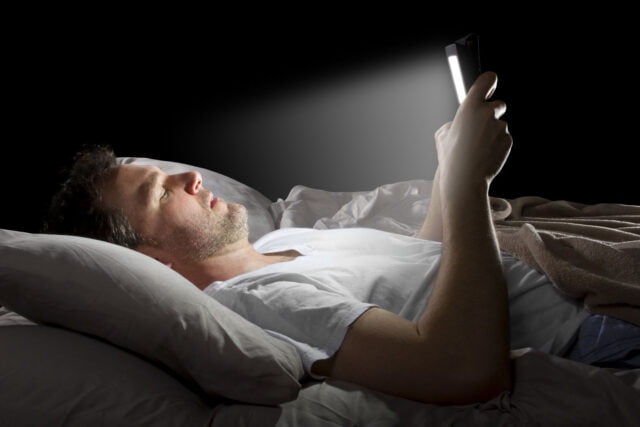
Nighttime light exposure is emerging as a significant public health concern with robust evidence linking it to various sleep and health issues. Small, bright lights from digital devices and other artificial sources are more than just a nuisance; they are a detriment to quality sleep and overall health.
Exposure to artificial light, especially blue light, during the night disrupts the production of melatonin, the hormone responsible for regulating our sleep-wake cycles. This type of light, which is prevalent in LEDs used in digital screens and household lighting, tricks the brain into thinking it’s still daylight, thus reducing the quality and quantity of sleep. The suppression of melatonin not only makes it harder to fall asleep but also impacts the depth of sleep, crucial for bodily repair and memory consolidation.
Research from various health organizations has consistently shown that sleeping in a lit environment can lead to significant health risks such as increased obesity rates, heightened anxiety, and more severe instances of bipolar disorder and depression. These findings suggest that even minimal light exposure at night can have profound effects on our physiological and mental health.
The impact of nighttime light is particularly pronounced in urban environments, where artificial light is unavoidable. People living in cities are exposed to higher levels of outdoor lighting from street lamps and signage, which penetrates into bedrooms and disrupts sleep patterns. This urban light pollution has been associated with a range of health issues, from elevated stress levels to impaired glucose tolerance, which can lead to diabetes.
Mitigating the effects of nighttime light exposure involves several practical measures. Health experts recommend maintaining a dark sleeping environment through the use of blackout curtains and eye masks. Additionally, limiting the use of electronic devices before bedtime can significantly help, as these are major sources of blue light. For those who need a source of light at night, options such as red or orange lights are recommended as they have the least impact on melatonin production and the sleep cycle.
In response to the growing body of research, there is also an increasing call for public health interventions that include better regulation of outdoor lighting in residential areas and promoting awareness about the health impacts of nighttime light exposure. By adopting these strategies, individuals can protect their sleep and mitigate the health risks associated with light pollution.










